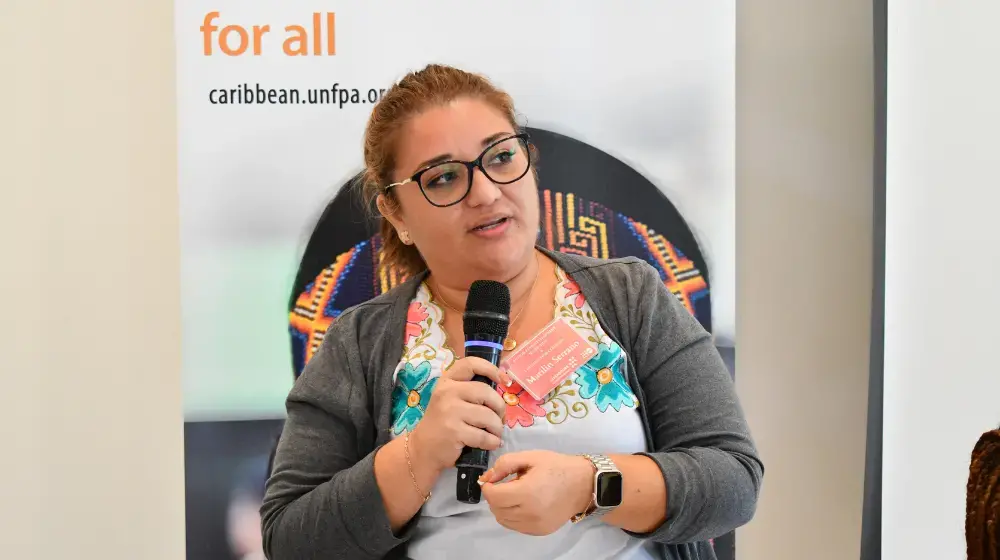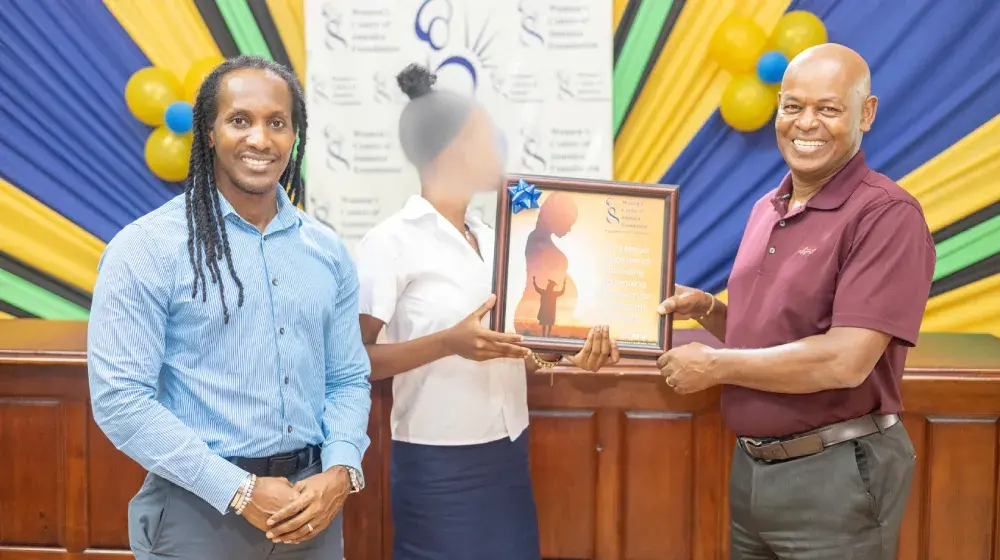UNFPA continues to support implementation of a project geared at reducing adolescent pregnancy in Guyana. The project, which is funded by the Indian Government through the India – UN Development Partnership Fund, targets two of the ten administrative regions in Guyana. The two targeted administrative regions, Regions 1 and 9, are the regions with the highest levels of adolescent pregnancy in Guyana. Interventions under the project seek to increase access to and use of quality Adolescent Sexual and Reproductive Health services by adolescents in the target communities as well as to empower adolescents, particularly adolescent girls, in the target communities to prevent adolescent pregnancies. The overall goal of the project is to reduce adolescent pregnancy in Regions 1 and 9.
The project is being executed by the United Nations Population Fund (UNFPA) and being implemented by the Ministry of Health in Guyana and the Guyana Responsible Parenthood Association (GRPA). The Ministry of Health leads implementation of the health component of the project while GRPA leads implementation of the community component of the project.
Some of the major project highlights for 2021, in spite of the challenges posed by the COVID-19 pandemic, are as follows:
- Adolescent Standards for Quality Care and Monitoring Tools were developed and subsequently validated by health care providers in targeted health care facilities. The Standards are viewed as: - (a) A systematic tool with a defined set of statements to assist Policy-makers, Health Service Planners and Health Service Providers to provide and improve the quality of health-care services to adolescents in Guyana; and (b) A tool for measuring progress through indicators and means of verification.
- Adolescent Health Service Delivery Guidelines for Health Providers were developed and pre-tested by Health Care Workers in training workshops conducted. These quick-reference guidelines were created to support primary health care workers in making evidence-based decisions for the diagnosis, treatment and management of various medical conditions affecting adolescents and in the provision of services to adolescents.
- Capacity building workshops have been conducted in Regions 1 and 9 for heath care workers (HCWs) on providing Adolescent Health Services. A total of fifty-five (55) Health professionals were trained from both Regions. Five( 5) Medical Doctors (including 1 Dental Surgeon), two (2) Medical Officers(MEDEX), 3 Midwives, 1 Registered Nurse, 1 Dental Assistant, 1 Rehab Assistant, 1 Receptionist, 1 TB/DOTS worker, and 35 Community Health Workers were among those trained.
- Adolescent Health Services and Outreach were officially launched at the Kumaka District Hospital in Region 1 as well as the Lethem Regional Hospital in Region 9. The Launches were done in partnership with the Adolescent Health Unit of the Ministry of Health, with support from UNFPA. It is intended to establish and advertise adolescent health services at the hospitals and satellite Health Posts in Region 1 and Region 9.
- SRH Information materials, such as brochures and posters have been finalized for printing. Brochures prepared cover the following topics: (1) Growing up and Changing: For Girls; (2) Growing up and changing: For Boys; (3) Preventing Adolescent Pregnancy. Posters prepared cover the following topics: (1) Promoting Adolescent Health Services; and (2) Preventing Adolescent Pregnancy.
- Procurement of two batches of Contraceptives were completed and plans for the procurement of a third batch is in process.
- Procurement of a quantity of furniture for select health facilities in the targeted communities was achieved.
- Awareness raising activites have been undertaken at the Community level and traditional and religious leaders have been mobilized through community level meetings and dialogue sessions.
- Messages and SRH information has been disseminated through sessions held at schools and dormitories in Regions 1 and 9
- Training workshops were held in the eight targeted communities to build capacity of teachers and school- based Peer Educators to deliver Comprehensive Sexuality Education.





